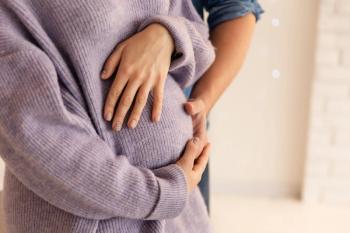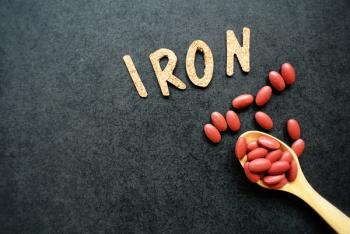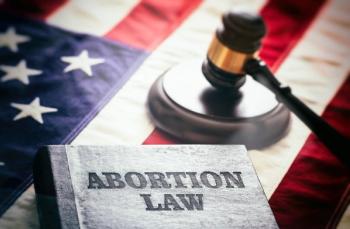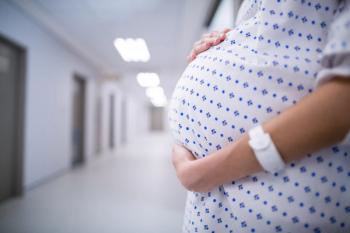
Assessing whether in vitro fertilization or intracytoplasmic sperm injection increase stillbirth rate
Compared with fertile women, women who become pregnant with a single fetus after in vitro fertilization (IVF) or intracytoplasmic sperm injection (ICSI) are more than 4 times as likely to experience stillbirth, according to findings from a Denmark study.
Compared with fertile women, women who become pregnant with a single fetus after in vitro fertilization (IVF) or intracytoplasmic sperm injection (ICSI) are more than 4 times as likely (odds ratio, 4.44; 95% confidence interval, 2.38-8.28) to experience stillbirth, according to results from a prospective cohort study conducted in Denmark. This increase is not fully explained by age, lifestyle habits, or socioeconomic factors.
In this study, data were analyzed for more than 20,000 singleton pregnancies booked for delivery at the Aarhus University Hospital in Denmark between 1989 and 2006. The single outcome measure was stillbirth.
Researchers calculated that the risk for stillbirth in women who conceived via IVF or ICSI was 16.2 per thousand compared with a rate of 2.3 per thousand for women who conceived after non-IVF assisted reproduction technology (ART), 3.7 per thousand for fertile women (women who became pregnant in less than 1 year without any technology), and 5.4 per thousand for subfertile women (women who became pregnant in 1 year or more without technology).
Wisborg K, Ingerslev HJ, Henriksen TB. IVF and stillbirth: a prospective follow-up study. Hum Reprod. 2010;25(5):1312-1316.
Newsletter
Get the latest clinical updates, case studies, and expert commentary in obstetric and gynecologic care. Sign up now to stay informed.









